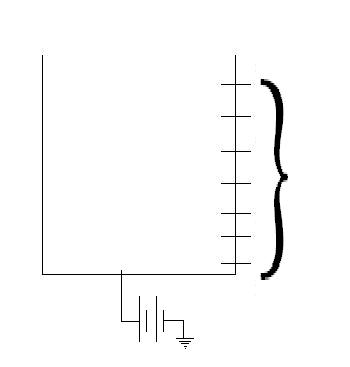vishnudevan
Newbie level 1

please can anyone help me how to do water level indicator using PIC16F877A.Its urgent please send me the post at earliest .
my mail id-vishnupriyadevan@gmail.com
my mail id-vishnupriyadevan@gmail.com




